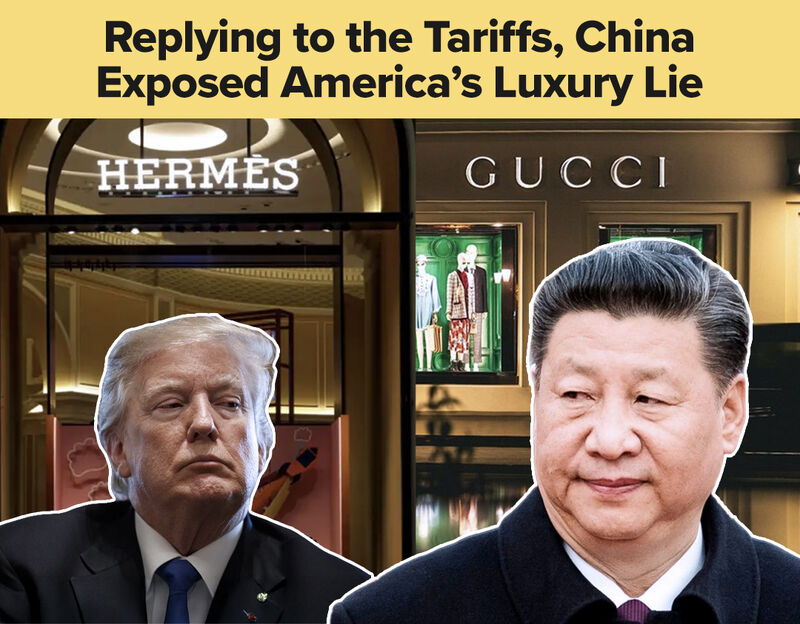The world of luxury fashion has always thrived on exclusivity, craftsmanship, and status — but what happens when the curtain is pulled back?
A wave of Chinese manufacturers and content creators are now revealing an uncomfortable truth: many high-end luxury items from brands like Gucci, Prada, Chanel, Fendi, and Hermès are being made in Chinese factories for a fraction of their final retail price. Once shipped abroad, these products are branded with “Made in France” or “Made in Italy” tags, despite their actual origin.
One viral TikTok summed it up perfectly:
“It’s like pulling the curtain back in The Wizard of Oz — turns out, there’s no magic.”
The Real Price of Luxury
These revelations are gaining serious traction online, igniting a viral trend where users dissect the supply chains and markup strategies of global fashion houses. Claims include:
- 80% of Gucci products are made in China
- Over 60% of Prada’s goods also originate there
Yet, these products are marketed with European luxury mystique and priced accordingly — sometimes with markups exceeding 1000%.
A Market in Transition
The global luxury market, valued at $380 billion, is showing signs of strain. In 2024, the industry saw a 2% decline, with China — once its biggest growth engine — pulling back sharply. A decade ago, Chinese consumers accounted for 50% of global luxury sales. Today? Just 12%.
What’s changed?
Economic pressures post-pandemic, rising youth nationalism, and a growing preference for homegrown Chinese brands have led many to question the authenticity — and ethics — behind Western luxury.
Labor, Ethics, and Transparency
Part of the backlash stems from labor conditions in Chinese factories. While the country still enjoys a manufacturing cost advantage — with wages at around 20% of U.S. levels — reports suggest these savings often come at the expense of ethical labor standards.
According to the Apollo Academy, the working conditions behind many “luxury” items fall far below Western expectations, raising moral questions for conscious consumers.
Trade Wars and Global Shifts
All this comes against the backdrop of rising U.S.-China trade tensions. The Trump-era tariffs — reaching up to 145% on Chinese imports — and shifting geopolitical alliances have only fueled the conversation. Western consumerism, once dominant, now faces a more skeptical global audience.
Luxury brands now find themselves at a crossroads. Can they maintain their image of prestige while hiding the truth about where — and how — their products are made?
